Paphiopedilum
Common name: Lady Slipper
Horticultural alliance: Cypripedium
Taxonomy: Subfamily Cypripedioideae > Genus Paphiopedilum
Native range: Southern Asia from India to China, through to Indonesia, New Guinea, and the Solomon Islands
Habitat: the surface of trees rocks, accumulated humus, and the forest floor, in tropical and subtropical regions with high rainfall
The first thing you will notice about a Lady Slipper is the pouch. It is because of this pouch that they are mistaken for carnivorous pitcher plants. The difference is that a pitcher plant forms its trap from a modified leaf with a waxy and slippery surface inside, trapping its prey to feed the plant. A lady slipper's pouch is part of the flower. It is also waxy inside, but there is a path where the insect can climb up the back through a tunnel where the pouch meets the center of the flower. Just as the insect exits the flower, a sticky packet of pollen is stuck to the insect, so that it can fly or crawl away to the next flower to leave the pollen behind.
Most Lady Slippers you see will fall into one of three types:
· Paphiopedilum, or "Paph" for short, which are native to Asia.
· Phragmipedium, or "Phrag" for short, which are native to South America.
· Cypripedium, which are native to most of the Northern Hemisphere, including Illinois and greater Chicago.
Paphiopedilum orchids have developed a passionate following in the orchid hobby. While most other popular orchids may display bright colors in yellow, lavender, and pink, many paphiopedilum orchids can also be shades of waxy chestnut, mahogany, and maroon, and have striking spots and stripes.
Paphiopedilum orchids are, broadly speaking, the easiest of the three Lady Slippers to grow at home. They can be quite compact, making them ideal for apartments.
Complex Paphs, often called "bulldog" Paphs due to their jowly appearance, have long been a staple in the hobby. These are characterized by an almost circular profile, a very large circular upper sepal, very wide lateral petals held straight out from the center, and a wide, rounded pouch.
"Bulldog" Paphs have been bred to display many different colors and patterns. Those with the quintessential pattern are called “toads”. This is a maroon or chestnut pouch and petals with distinct spots on a white and green upper sepal.
Several paphiopedilums fall into the aptly named class of mottled-leaf paphiopedilums. These have the added bonus of attractive dark veins and spots, giving them interest as foliage even when not in bloom. These will have a taller flower spike than a complex Paph, holding a single flower about a foot above the foliage. The flowers of mottled-leaf paphiopedilums may be waxy or silken, and display some of the truest delicate whites and pinks in the genus, as well as bold stripes and spots. One hybrid, Paphiopedilum Maudiae became the standard for what are now called “Maudiae-type” paphiopedilums. These have an onion-like upper sepal with pronounced venation, more slender petals patterned with dark spots and stripes and which are held out and slightly down, and an urn-shaped pouch. One variation of these are the “vini-color” Paphs, which are saturated with a deep wine color.
Finally we come to the multifloral Paphiopedilums. These fall into the “strap-leaf” class of paphiopedilums, and are named for their towering spikes of several flowers. These are large plants, and can take many years to grow from seed to first bloom. It is not uncommon for some to take 10 to 15 years, but once mature they may bloom every year with good care.
Paphiopedilum orchids are readily available in the Chicago region, occasionally appearing at big box retailers but more readily through specialty nurseries. The area boasts several notable breeders of paphiopedlum orchids. Arnold Klehm has registered several hundred hybrids – in excess of 900. The recently retired Sam Tsui is also a highly celebrated figure in Paphiopedilum cultivation and was known for breeding plants of exceptional quality. Terry Partin is working to keep several challenging species available to the hobby through seed production. Also retired, Tom Kalina and Chuck Acker are similarly influential figures, each leaving an important mark on the Paphiopedilum trade.
Related Genera
Paphiopedilum
Description of Flower
Flower spike: Upright or arching, unbranched, bearing either single, few, or several flowers near the end.
Color: Flowers of paphiopedilum orchids can display a great variety in color, from yellow and green, white, pink, red, maroon, wine, chestnut and mahogany.
Structure: The lip forms a cup shaped pouch, which curls inward to form a tube leading to the center of the flower. The upper sepal is typically wide and may be onion shaped or round, the two lower sepals are fused in a shape similar to the upper sepal. The petals can be round, slender and pointed, or very long and trailing several feet. The front of the column is covered by a disk-shaped staminode, with the pollen structures behind it.
Spur: None
Fragrance: Light fragrance is rare.
Pollinator: Bees, hover flies, and potentially crawling insects such as ants.
Longevity: Some flowers can last several months with good care, others may last several weeks.
Description of Plant
Body plan: Sympodial (many-foot), meaning the stem or rhizome creeps along the growing surface, with successive growths forming up and away from it.
Pseudobulb: None.
Leaf: Leathery and folded along the midrib, and can be light green to dark green and mottled.
Root: Very brittle, firm roots, covered in fine hairs.

